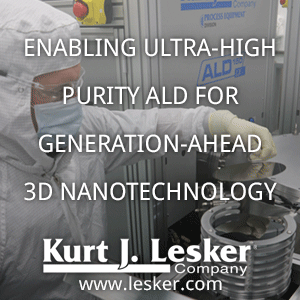A new review published in the Journal of Vacuum Science & Technology A takes a detailed look at recent developments in thermal atomic layer deposition (ALD) chemistry, drawing on data from the comprehensive ALD database at atomiclimits.com. The analysis highlights how process innovations have accelerated since 2010, with more than half of all reported ALD processes emerging in the past 15 years. Binary oxides remain the dominant material group, but there has been a steady increase in the deposition of non-oxides and ternary compounds. More recently, classes such as elemental metals, two-dimensional transition metal dichalcogenides, and halides have gained prominence, driven largely by application demands in microelectronics, energy technologies, and catalysis. The study also notes the introduction of new elements into the ALD portfolio after 2010, including alkali metals and more exotic elements such as rhenium, osmium, gold, and antimony, each requiring unique process routes.
The review underscores the critical role of precursor chemistry in enabling these advances. While traditional precursors such as halides, alkoxides, and β-diketonates laid the foundation, newer processes have leaned heavily on amides and imides, followed by cyclopentadienyl compounds. However, the most significant trend is the growing reliance on heteroleptic precursors, which combine multiple ligand types to fine-tune key properties such as volatility, reactivity, and thermal stability. This flexibility has been instrumental in broadening the range of materials accessible via ALD and tailoring processes to meet the specific requirements of cutting-edge applications. Overall, the work reflects how ALD chemistry has evolved from relatively narrow beginnings into a dynamic and application-driven field with expanding industrial significance.
Source:
The review is based on ALD chemistries collected from the AtomicLimits ALD precursor database: Database of ALD processes
Popov, G.; Mattinen, M.; Vihervaara, A.; Leskelä, M. (2025). “Recent trends in thermal atomic layer deposition chemistry.” Journal of Vacuum Science & Technology A, 43, 030801. https://doi.org/10.1116/6.0004320



%20(1).png)

Retro Bowl College is proof that great football doesn’t need flashy graphics—just smart coaching and pure gameplay. Lead, build, and dominate.
ReplyDelete